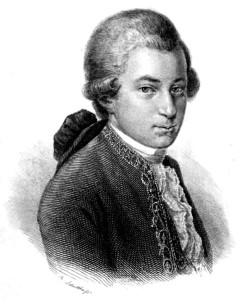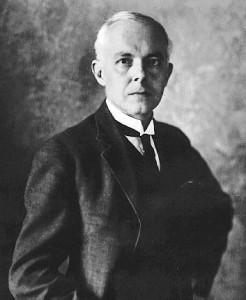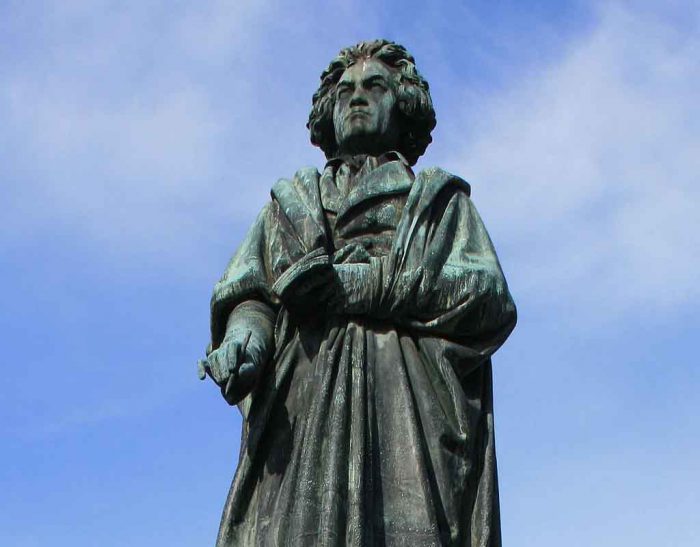

In order to help death metallers make a smooth transition into string quartets, the first edition of this series presented the reader with two quartets that are superficially and at least partially, in terms of a simplistic judgement of mood, akin to underground death metal. Today, we will venture into a territory that is equally relevant to metal, composition-wise, not because metal artists compose in this way, but as I suggested last time, because there are many ideas relating to refinement that could be extrapolated and applied in a death metal context. In order to make this transition smoothly, one of the quartets introduced in this second edition is still superficially dark in atmosphere.
Wolfgang Amadeus Mozart: String Quartet No. 19, “Dissonance”
Nicknamed after the prominent dissonances right at beginning of the first movement, it was the last of six quartets that Mozart dedicated to Haydn, who defined the classical way to write for string quartets. Even Beethoven recalls a before-and-after marked by the study of Haydn’s quartets. Mozart describes these quartets as “the culmination of a long and laborious effort” and many think it is the display of composer’s finest faculties.
As with any string quartet, the listener is encouraged to pay attention to each moment, absorb it, but not dwell on it. References to the exercise in dissonance application to an otherwise strict style can be found in other places in the quartet. A challenge may be to spot where this happens. We can start trying to wait for the moment in the second movement when the cello receives a leading line and the rest of the instruments play dissonant harmonies around it.
https://www.youtube.com/watch?v=ZyNFElawfTg
Béla Viktor János Bartók: String Quartet No. 4
An important influence to many from Benjamin Britten to King Crimson’s Robert Fripp, Bartók’s string quartets’ particular sound owed a great deal to the composer’s extensive field research on European folk music. Paul Wilson in his book, The Music of Béla Bartók, wrote that it was this research that allowed the composer to rid himself of the “tyrannical rule of the major and minor keys, leading eventually to a new conception of the chromatic scale, every tone of which came to be considered of equal value and could be used freely and independently.”. The astute and attentive observer may note that this, Bartók’s fourth string quartet, uses no prominent themes (complete musical expressions in themselves), but advances through developing motifs (musical cryptograms) only.
https://www.youtube.com/watch?v=0667YvaVw9w
6 CommentsTags: bartok, Classical String Quartets for the death metal fan, composition, death metal, Dissonance, mozart, Wolfgang Amadeus Mozart




